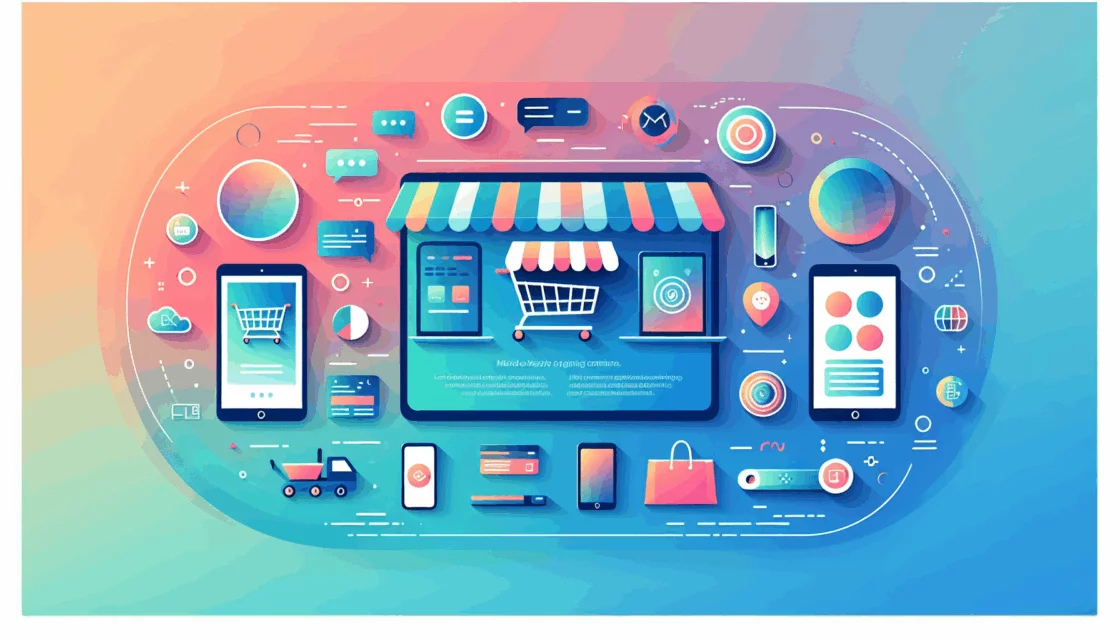
Unlocking the Power of Shopify Analytics for Smarter Business Strategies
In today’s digital commerce landscape, success hinges on making well-informed, data-driven decisions. Shopify Analytics offers an indispensable toolkit designed to help online merchants translate vast amounts of data into actionable business insights. If you want to elevate your e-commerce store’s performance, understanding how to leverage Shopify Analytics is critical. This comprehensive guide walks you through the essential features and best practices for using Shopify’s built-in analytics tools to gain a competitive edge.
Why Data Analysis is Central to E-Commerce Growth
Data analysis enables store owners to move beyond gut feeling, unlocking powerful business insights that improve marketing, optimize inventory, and enhance customer experience. Shopify Analytics consolidates a variety of metrics and reports into one intuitive dashboard, making it easier than ever to track performance indicators such as sales, customer behavior, and traffic sources. This empowers merchants to discover patterns, pinpoint bottlenecks, and capitalize on opportunities in real-time.
Exploring Shopify’s Analytics Suite: What’s Available?
Shopify Analytics is loaded with features that cater to online retailers at all levels, regardless of plan tier. Here are the core components:
- Analytics Dashboard: A customizable hub with “metrics cards” that provide a quick snapshot of key performance statistics like net sales by channel or sessions by device. Each card links to deeper reports for granular insights.
- Sales Reports: Track revenue, order count, average order value, and identify best and worst-selling products to refine inventory and marketing.
- Customer Reports: Understand your most valuable customers, analyze their buying habits, and strategize retention.
- Traffic and Acquisition Data: See where visitors originate, measure conversion rates, and optimize marketing channels.
- Behavioral Reports: Learn how shoppers navigate your site and identify improvement areas to enhance user experience.
- Live View: Real-time activity monitoring, crucial during high-traffic events like promotions or holidays.
These features combine to form a robust foundation for data-driven decision-making, customized to your unique business needs and goals.
How to Navigate and Customize Your Shopify Analytics Dashboard
Shopify’s analytics dashboard is your control center for data analysis:
- Start with the Overview: Focus on summary cards that show your store’s health at a glance—such as total sales, traffic sources, and conversion rates.
- Dive into Reports: Click on any metric card to open detailed reports. For instance, explore the “Sales by Product” report to identify trends and seasonal spikes.
- Create Custom Reports: Use Shopify’s data exploration tools to combine metrics and dimensions tailored to your business questions, such as correlating marketing campaigns with sales uplift.
- Set Up Alerts: Although Shopify doesn’t natively support automated alerts, integrating with third-party tools like Zapier allows you to receive real-time notifications when KPIs cross thresholds.
Personalizing your Shopify Analytics dashboard to focus on metrics that matter most lets you prioritize actions and maximize your ROI.
Maximizing Business Insights with Shopify Analytics
Optimizing Marketing Strategies through Data
One of the most powerful ways to use Shopify analytics is to refine your marketing efforts. By analyzing acquisition reports, you can identify which channels—social media, email campaigns, organic search—are driving the most valuable traffic. Combining this with conversion data lets you optimize ad spend and content strategies.
For example, during Black Friday or special promotions, use Live View to monitor real-time shopper activity, adjusting marketing messaging and inventory dynamically.
Improving Product Management and Merchandising
Sales and product performance reports help you track which items are top sellers and which may require promotion or removal. Cross-referencing this data with customer purchase patterns allows for bundled offers or upsells, increasing average order value.
For instance, if certain products are frequently purchased together, you might develop targeted campaigns featuring these bundles or optimize your store layout to highlight them prominently.
Enhancing Customer Retention through Behavioral Analytics
Shopify Analytics provides insights into customer segments, repeat purchase rates, and navigation behaviors. Understanding these patterns enables you to personalize communications, create loyalty programs, and improve site usability to reduce drop-offs in the buying journey.
Using the behavioral reports, you can identify friction points like abandoned carts or confusing navigation, then test website changes to drive better user engagement and conversion rates.
Case Study: Data-Driven Turnaround with Shopify Analytics
Consider the example of a mid-sized apparel store that struggled with stagnant sales during peak seasons. By leveraging Shopify Analytics, the merchant discovered that mobile users accounted for over 70% of traffic but had significantly lower conversion rates.
Using this insight, they optimized their mobile store design and ran targeted ads based on demographics indicated by acquisition reports. They also identified best-selling product bundles through sales reports and created personalized email campaigns aimed at repeat customers.
The result was a 30% increase in mobile conversions and a 15% boost in overall revenue within three months. This success story underscores how nuanced data analysis leads to impactful business decisions.
Complementing Shopify Analytics with Expert Tools
While Shopify offers comprehensive in-house analytics, integrating with specialized tools can deepen your data analysis:
- Google Analytics: For advanced web traffic analysis and user behavior tracking.
- Analyzify: Enhances Shopify Analytics with detailed, customizable reports and quick data comparisons.
- Klaviyo: Integrated email marketing analytics for segmentation and campaign optimization.
- Kinsta: Reliable hosting paired with robust server analytics to ensure site speed and uptime, critical factors for conversion.
These integrations, combined with Shopify Analytics, provide a holistic view of your business ecosystem, tailoring insights across marketing, sales, and operations.
Taking the Next Step with Belov Digital
At Belov Digital Agency, we specialize in helping e-commerce businesses harness data for sustainable growth. From setting up your Shopify Analytics dashboards to integrating third-party tools and interpreting complex reports, our expert team is here to guide your journey towards data-driven decision-making.
Partner with us to unlock the full potential of your Shopify store, improve customer acquisition, retention, and ultimately maximize your revenue. Feel free to contact us to discuss your unique business needs and how we can help you leverage Shopify Analytics to its fullest.
Summary
Shopify Analytics provides powerful data analysis tools that transform raw numbers into meaningful business insights. By mastering the dashboard, reports, and real-time data, merchants can optimize marketing, inventory, and customer engagement strategies. Combining Shopify’s native analytics with third-party tools and expert guidance from agencies like Belov Digital can drive informed, data-driven business growth in competitive markets such as the USA, UK, and Canada.
Embrace Shopify Analytics today to make smarter, faster, and more effective business decisions that will propel your online store to new heights.













